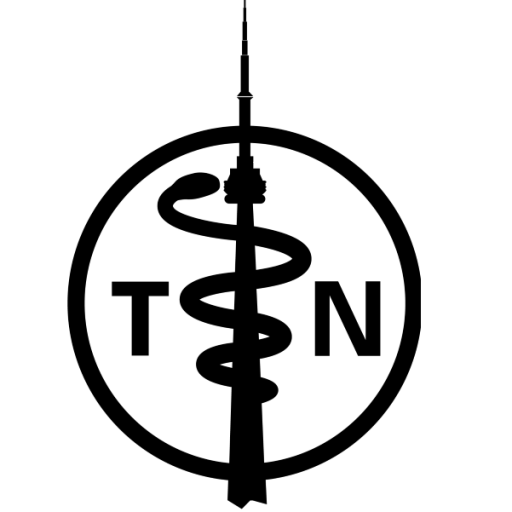Browse by specialty
- Anesthesia and Perioperative
- Cardiology & Cardiovascular System
- Clinical Pharmacology
- Dermatology
- Diagnostic Imaging
- Emergency Medicine
- Endocrinology
- Ethical, Legal, and Organizational Medicine
- Family Medicine
- Gastroenterology
- General Surgery
- Geriatric Medicine
- Gynecology
- Haematology
- Infectious Disease
- Nephrology
- Neurology
- Neurosurgery
- Obstetrics
- Ophthalmology
- Orthopedics
- Otolaryngology
- Pediatrics
- Plastic Surgery
- Population and Community Health
- Psychiatry
- Respirology
- Rheumatology
- Urology
Ethical, Legal, and Organizational Medicine
Definition of Consent
Consent refers to the autonomous authorization of a medical intervention by a patient. There are four basic elements to consent and these include:
1. Voluntary
2. Capable
3. Specific
4. Informed
The Four Principles Approach to Medical Ethics
1. Autonomy
– Recognizes an individual’s rights to make their own decisions in their own way(s) based on their wishes, beliefs, values, and preferences.
– It may not be possible for a person to make a fully autonomous decision and/or to have an autonomous decision honored in some circumstances. For instance, if an autonomous request for a medical intervention is deemed clinically inappropriate from the physician’s perspective, then the physician need not offer it.
– Autonomy is not synonymous with capacity.
2. Beneficence
– Obligation to provide benefit to the patient, based on what is considered to be their best interests. Consideration of best interests should consider the patient’s values, beliefs, and preferences, so far as these are known. Best interests extend beyond solely medical considerations.
– May be limited by the principle of Autonomy (such as when differences exist between patient and clinician’s conception of best interests).
– Paramount in situations where consent/choice is not possible.
3. Non-Maleficence
– Obligation to avoid causing harm (“First, do no harm”).
– A limiting principle of the Beneficence principle.
4. Justice
– Fair distribution of benefits and harms within a community, regardless of geography, income, or other social factors.
– Concept of fairness: Is the patient receiving what they deserve – their fair share? Are they treated the same as equally-situated patients (equity)? How does one set of treatment decisions impact others (equality)?
– Equality and equity are different notions of justice. Equality involves providing the distribution of resources to all people irrespective of differing needs, and equity involves distributing resources in a way that considers differing needs (such as circumstance and social context). Both concepts raise different considerations.
– Basic human rights, such as freedom from persecution and the right to have one’s interests considered and respected.
* Note: The 4 principles approach is just one approach to medical ethics. There exist many other ethical principles that are also relevant to medicine (e.g., transparency, trust, etc.).
OCAP® is a registered trademark of the First Nations Information Governance Centre (FNIGC).
We are continuously working to improve the Ethical, Legal, and Organizational Medicine.
